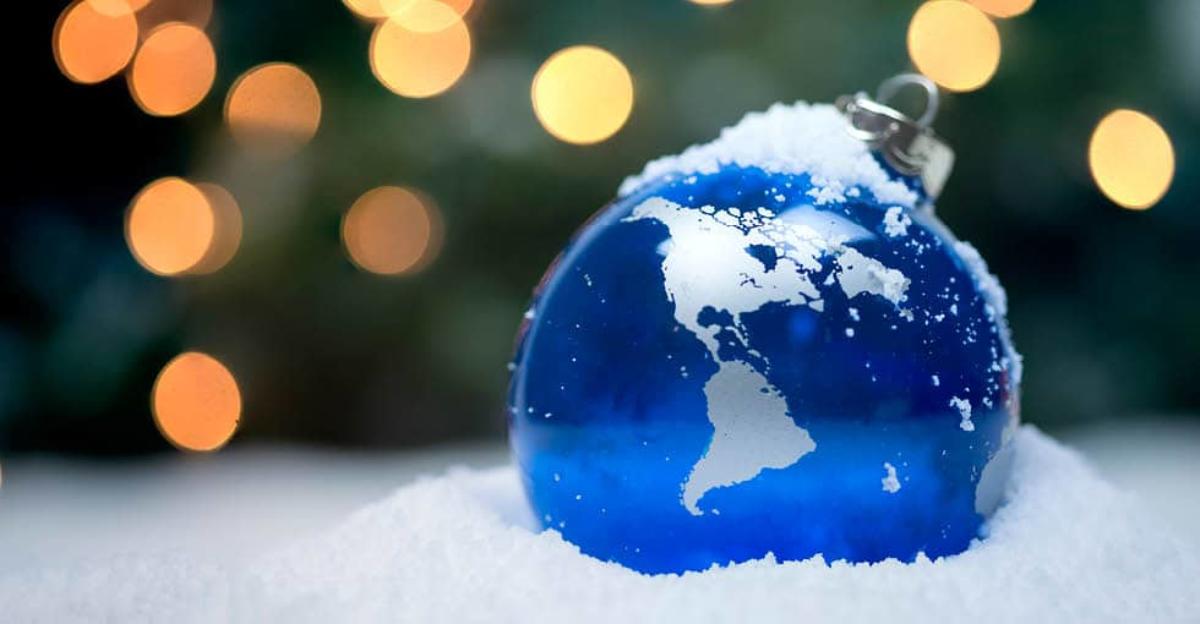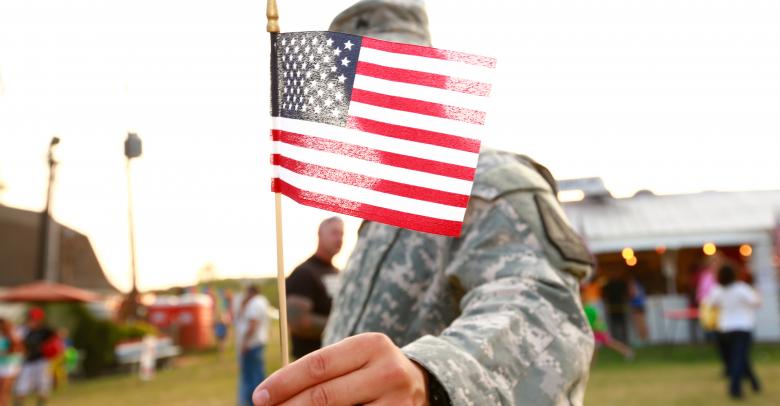The winter solstice occurs on December 21, 2016. It marks the shortest day of the year and is considered the first official day of winter. The winter solstice has been celebrated throughout the centuries and immortalized in art, poetry, and song, making it the perfect topic for classroom discussions and activities. This year, brighten up the dark days and celebrate the winter solstice with the following projects.
1. Have a feast of winter foods.
The winter solstice is the perfect time to talk about food, farming, weather, and how the sun and climate affects what we grow and eat. Discuss how sunlight is determined by the position of the Earth and sun. Have students participate in the activity by contributing fresh, seasonal, local products. Introduce them to concepts like sustainable food, organic farming, and farm-to-table. This activity can also be done in honor of the summer solstice. Students can then compare and contrast seasonal foods.
2. Make pine cone bird feeders.
This is a fun and simple craft project that even young children can participate in. All you need is a large pine cone, vegetable shortening, cornmeal or uncooked oats (you can also add dried fruit, sunflower seeds and suet to the bird food), and a piece of string. Have students hang their pine cone bird feeders outside the classroom, and then keep track of what types of birds visit. Discuss topics like migration, the change of seasons, and how animals adapt to seasons and their environment.
3. Have students create a winter solstice dictionary.
The winter solstice makes the perfect science-based lesson. But it can also be used to expand students’ vocabulary and English skills. There are a lot words related to winter that students might not know or understand. Have students write down and define terms such as equinox, equator, hemisphere, and celestial.
4. Read students a poem or short story that celebrates the winter solstice.
Ellen Jackson’s “The Winter Solstice” is a good example, as is ‘The Return of the Light: Twelve Tales from Around the World for the Winter Solstice,” by Carolyn Edwards. Then have the students write a short poem or journal entry about the part of the story they liked best.
5. Make mosaic candles.
Winter is a season of darkness and dormancy, so there’s no better way to celebrate it than to turn the classroom into a festival of light. Candles are reminiscent of the celebratory bonfires long associated with the winter solstice. Have students create their own mosaic candles. The finished candles can later be given as gifts, as gift-giving is part of the winter solstice tradition in many cultures.






Leave a Reply